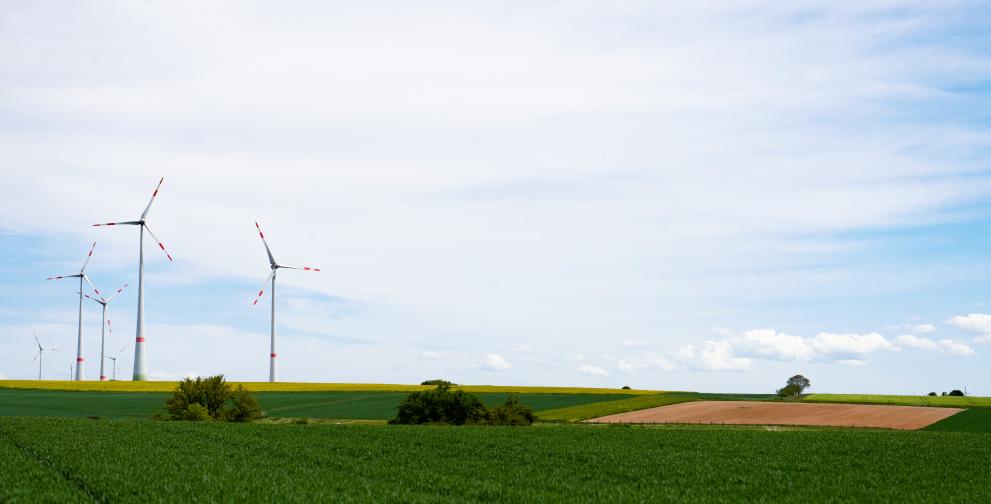
The European Insurance and Occupational Pensions Authority (EIOPA) published today the results of its climate stress test of European Institutions for Occupational Retirement Provisions (IORPs).
In the first climate stress test of the sector, EIOPA set out to assess the resilience of IORPs against a climate change scenario that simulates a sudden, disorderly transition to a green economy as a consequence of the delayed implementation of policy measures. While the stress test is not a pass or fail exercise, findings indicate that IORPs have a material exposure to transition risks.
With a sample of 187 IORPs from 18 countries, the stress test covered all European Economic Area (EEA) countries with significant IORP sectors. On aggregate, more than 65% of assets in defined benefit (DB) schemes and defined contribution (DC) schemes were analysed.
EIOPA adopted a full balance sheet approach to examine the impact on IORPs’ asset portfolios as well as on their long-term liabilities. The exercise followed a dual methodology: in addition to a national balance sheet (NBS) approach based on national valuation regulation, a common balance sheet (CBS) approach with mark-to-market valuations was used to make meaningful comparisons possible.
Due to the nature of the disorderly transition scenario, the exercise focused on the asset portfolio of IORPs. The results show that IORPs are materially exposed to transition risks. On the asset side, the stress scenario provoked a sizeable overall drop of 12.9%, corresponding to asset valuation losses of some €255 billion. The bulk of the drop in value showed up in equity and bond investments. IORPs on average had around 6% of their equity and 10% of their corporate bond investments in carbon intensive industries such as mining, electricity & gas and land transport, for which the scenario prescribed steep write-downs of between 20% and 38%.
The scenario, which included interest rate movements, also affected the liability side. Liabilities decreased due to the rise in risk-free rates, which helped cushion the impact of asset side devaluations on the funding ratio even though they did not fully offset the drop. Financial positions therefore still worsened slightly. While funding ratios decreased by 2.5pp (from 122.7% to 120.2%) according to the national and by 2.9pp (from 119.9% to 117.0%) according to the common methodology, post-shock aggregate funding ratios in DB schemes remained above 100% in most Member States – due, in part, to strong pre-shock positions.
“When looking at both assets and liabilities, the impact on funding ratios appears manageable, which in itself is reassuring,” EIOPA Chair Petra Hielkema said. “Nevertheless, the heavy losses on the asset side clearly showcase the sector’s vulnerability to climate risks, especially regarding investments in carbon-intensive industries. In this year’s scenario, a drop in liabilities due to rising interest rates helped counterbalance much of the asset-side losses, but this may not be the case in every scenario. It’s important to reflect on this and consider testing different scenarios in future exercises as they might give us even better insights into the environmental risks borne by IORPs.”
The stress test was complemented by a qualitative survey on mitigation and adaptation measures, which revealed that although IORPs are increasingly considering ESG factors in their investment decisions, they still experience noteworthy hurdles in allocating investments to climate risk-sensitive categories. Only 14% of IORPs reported using environmental stress testing in their own risk management. Importantly, results indicate that this subgroup performed better in the exercise than their peers that do not conduct such analyses, suggesting that own climate stress testing helps IORPs position themselves better against transition risks.
Another qualitative survey connected to the stress test explored to what extent IORPs seek to mitigate the negative effects of inflation on the purchasing power of future benefits. 55% of DB IORPs said they offer schemes where benefits are directly linked to inflation. 67% of all IORPs said they aimed to outperform inflation with their investment strategies or at least had among their targets the mitigation of inflation’s effects.
Background
The scenario, which was developed together with the European Systemic Risk Board and the European Central Bank, and the methodology employed reflect meaningful progress in quantifying possible transition risks at a European level. Nevertheless, given that climate stress testing is still an emerging field, the current exercise should be seen as part of a learning process for both supervisors and participants with the aim of promoting a better understanding of the impact of climate risks on the sector.
Details
- Publication date
- 13 December 2022